America has faced massive financial challenges with the economy rising and jobs becoming scares, amongst other things. But, what does this mean for future finances?
Recession Reality?

Some experts are looking at the state of the U.S. economy as potentially heading toward a recession. While the reality may not have “kicked in” yet, the state of having the inflation rate raised for this extended time also increases the chances.
Debt’s Up
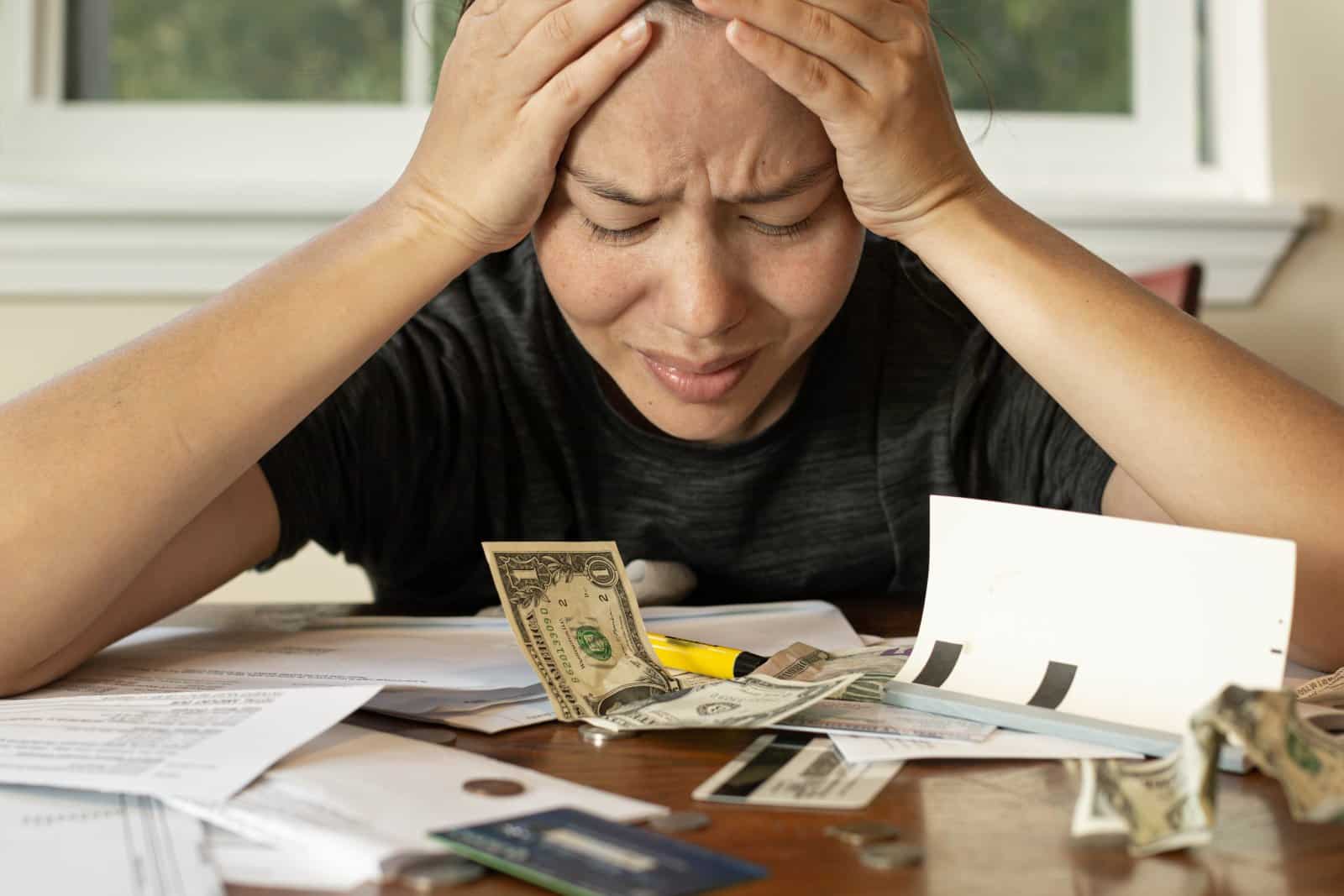
Economists like David Rosenberg said the U.S. might just be heading for an “economic downturn.” It’s reported that debts continue rising, and fewer people are earning income. The unemployment rate increased by 4% in July 2024, according to The Bureau of Labor Stats.
Loans Look Like the Best Solution

With many people battling to keep up with the cost of living and a majority already having decided to “tighten their belts,” loans are starting to look like the answer.
Low Repayments
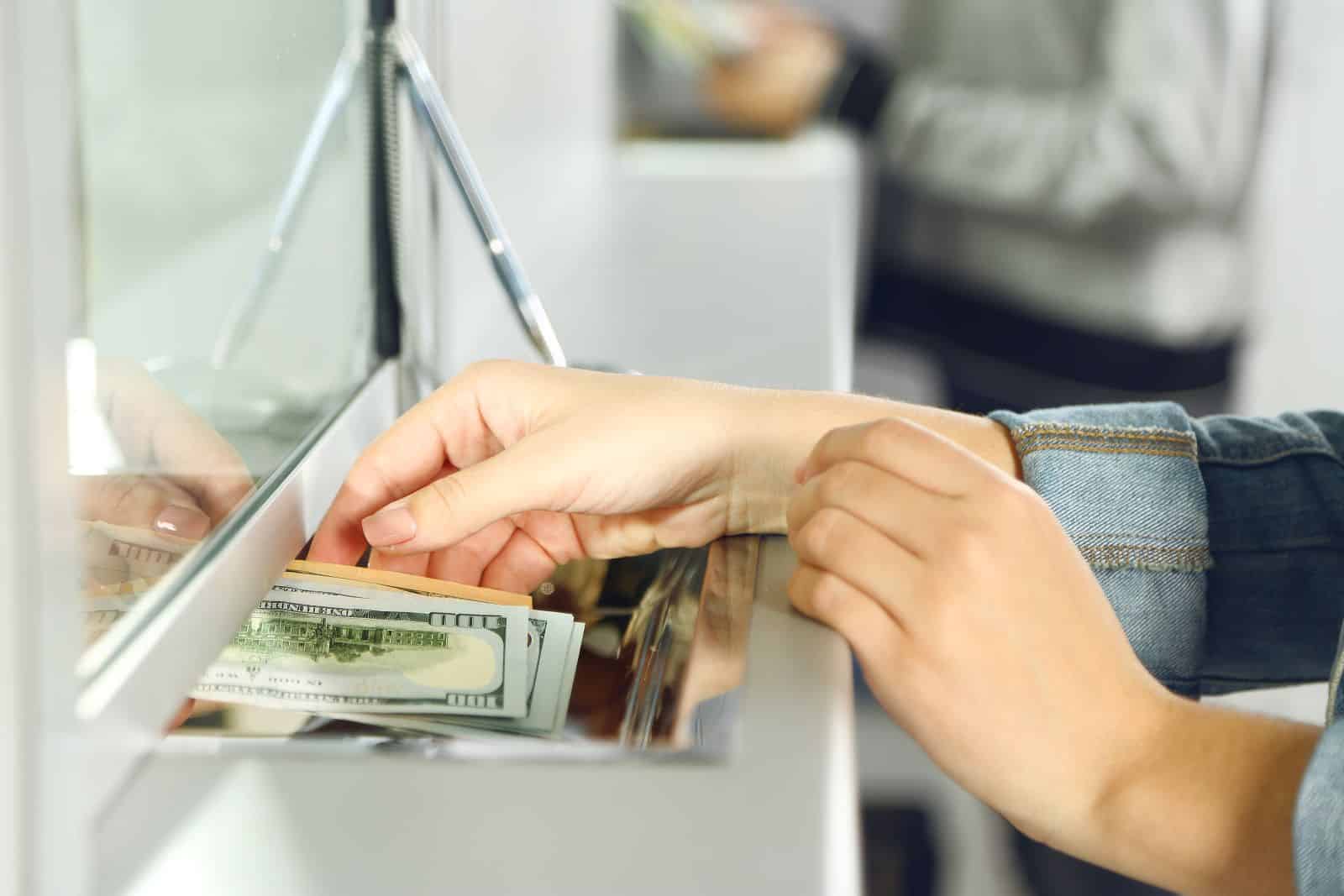
People are able to take on personal loans in very small installments making it even longer to pay the debt off.
More Than 1.55 Trillion in Debt
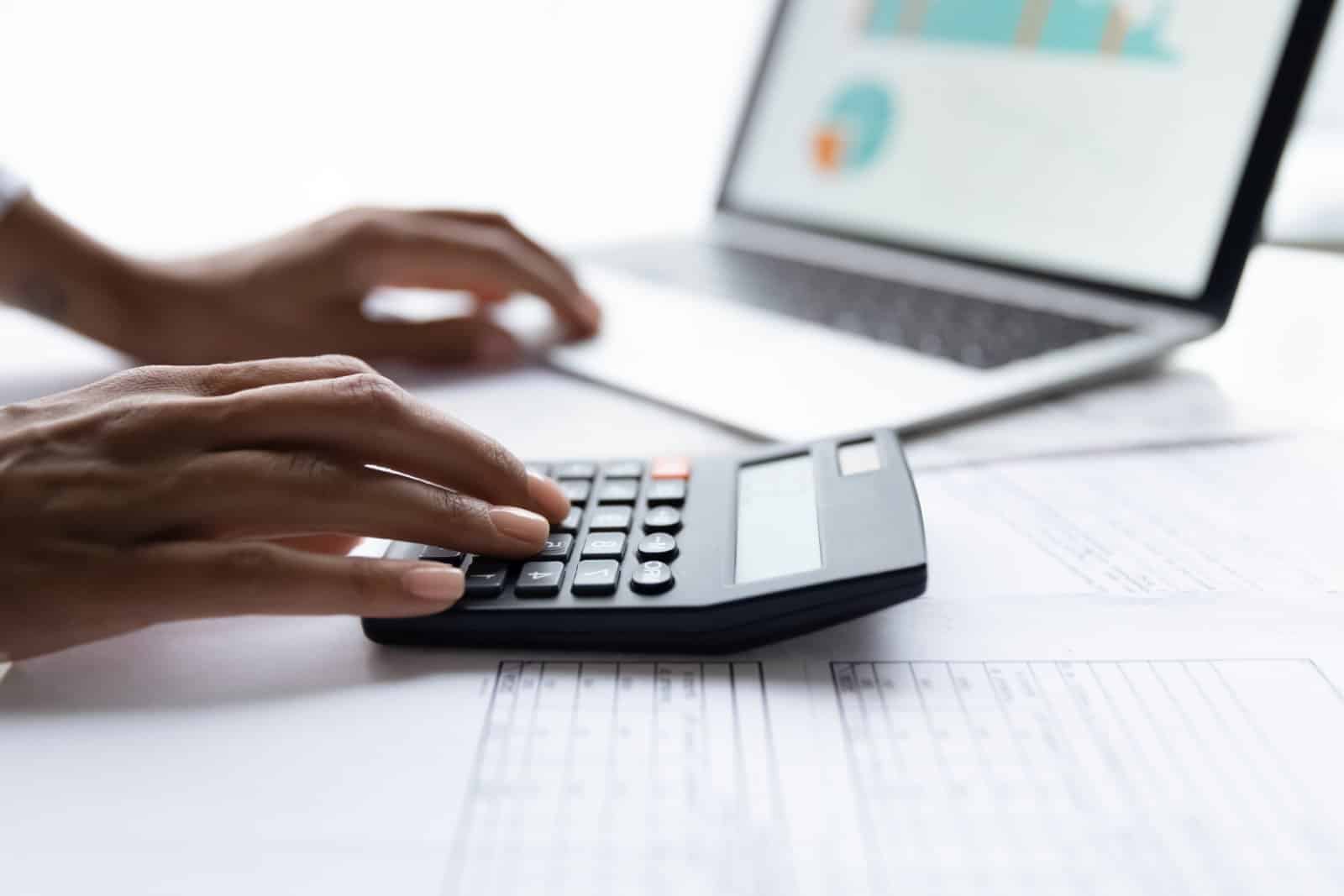
Debt.org reported over 1.55 trillion in debt on vehicle loans, 11 trillion for housing, and $1.50 in student debts. These totals have seen American families struggle like never before with financial difficulties.
Unsecured Loans

According to Market Watch, there are nearly 23 million Americans with at least $11,500 in debt. The $11,500 is said to account for mostly “unsecured loans.”
Rates on the Rise
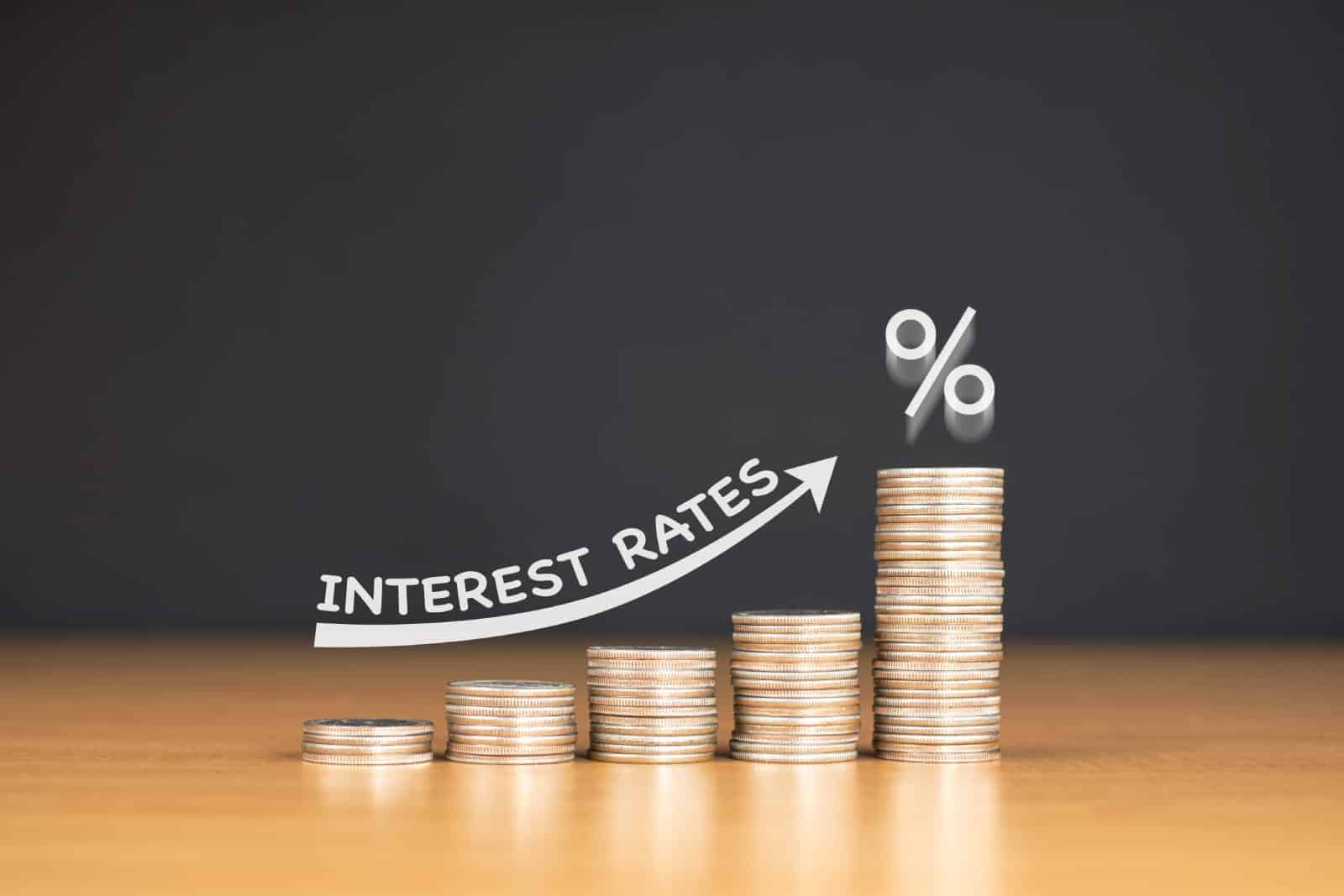
As more people take on credit, the more those rates slowly increase with time. Statistics from Market Watch suggest that the rates have risen from 9% to 11% since 2021.
New Loans Based on Four U.S. States
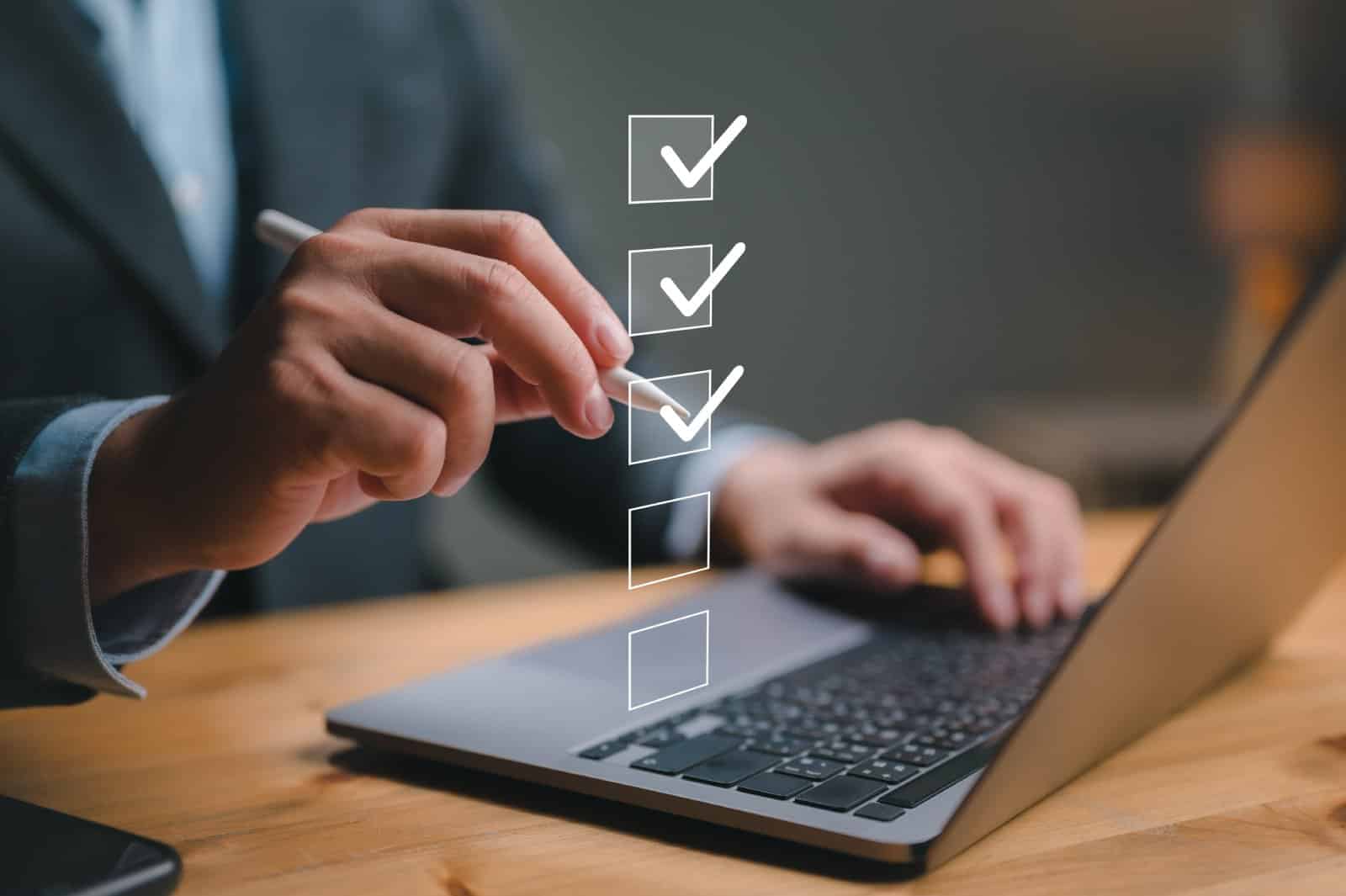
Having looked at four U.S. States, namely Hawaii, Connecticut, New Jersey, and Massachusetts, Market Watch found $12,000 recorded as the average “new loan account balance.”
Percentages of Credit According to the Fed

The Federal Reserve reported figures showing a “credit increase of 2.1%’” with non-revolving credit going up by 2.9%. At the same time, it showed revolving credit up by a rate of 1.2%.
Household Debt Higher
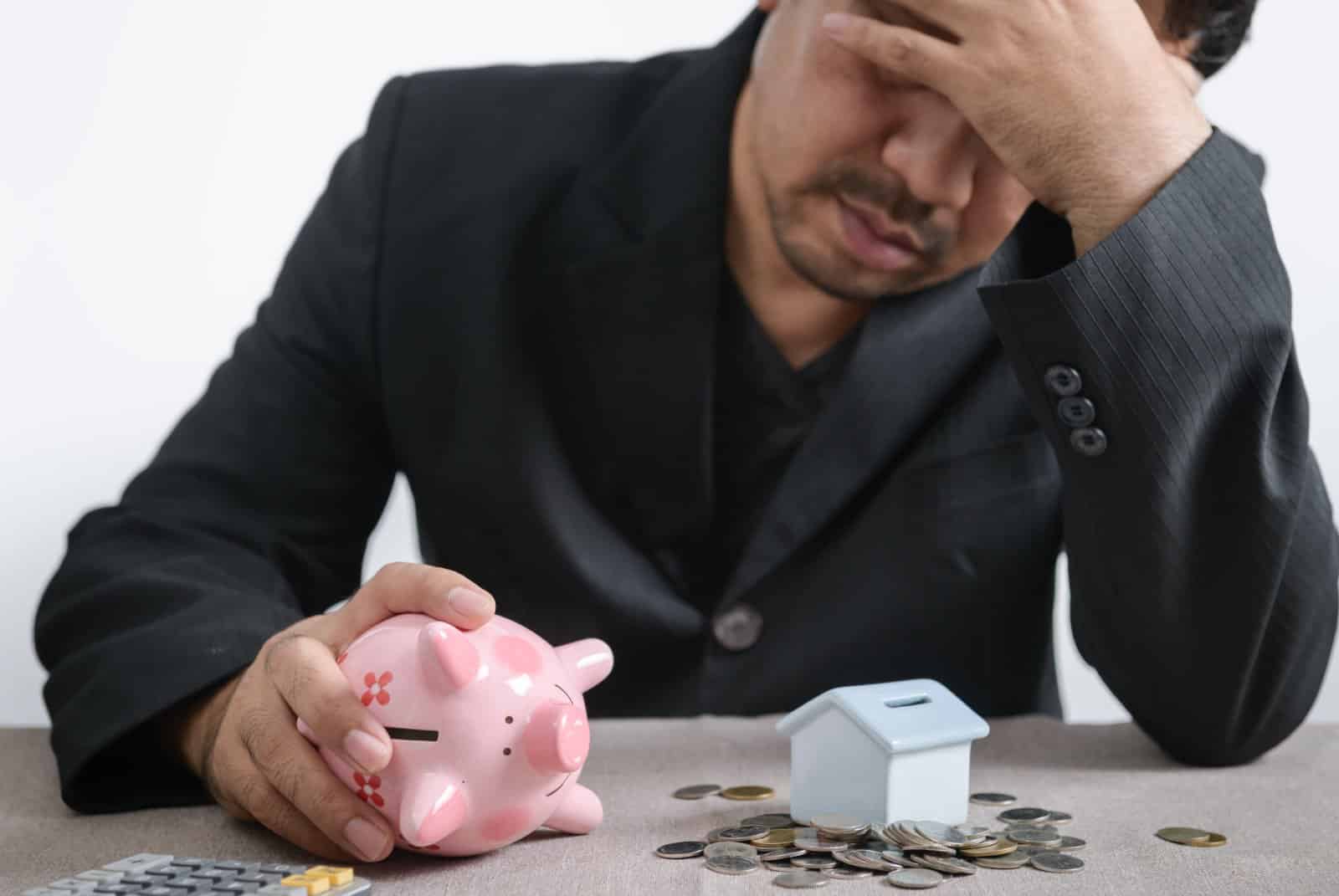
Rosenberg noted that household debt was already at $17 trillion in the year’s first quarter. These numbers could also be because it’s become “seemingly easier” to get the loans without paying massive installations each month.
How Much Debt for Americans?

According to Business Insider, on average, America is $104,000 in debt when accounting for “mortgages, student loans and auto loans and credit cards.”
Nearly Half the American Population

A massive 40% of Americans have fallen behind with their monthly accounts, which is roughly four in 10 Americans, according to The Motley Fool.
The Pandemic Was a Bad Time

The covid pandemic saw many people lose track of their finances without the ability to bounce back. An overwhelming percentage of the American population ended up losing their income as companies were forced to shut down after not making money.
Debt to Income Is Bad

In 2022 debt was on the rise, up from 2.5% to 4.7%, even before the start of the pandemic, Debt.org said. Debt to income (DTI) was reported as very unbalanced, with some households having over 60% in debt.
Still No Recovery

Fast forward to today, there are still families and individuals unable to recover. Some are still out of work or have recently lost work.
Personal Loans Making It Worse for Individuals

Loans have become the way of life for many Americans, and while it might work as a temporary solution, it’s making room for worse consequences.
It’s Inevitable

It’s becoming more apparent that Americans cannot cope, and while this is so, they are also not earning enough to pay or repay debt. With the “imbalance,” it seems like a recession is more of a reality, as expert economic analysts have mentioned.
When Debts Become Overwhelming

The International Monetary Fund (IMF) noted in some cases, it can turn for the worse. However, “not all such booms end up in recessions.” Furthermore, they added, if the country does experience a recession, it is often the most “costly.”
Remote No More: 19 Companies Returning to the Office

As the pandemic wanes, companies are recalling remote workers back to the office, sparking debates on fairness, costs, and convenience. However, there are also notable productivity, coworking, and mental health benefits to consider. Feeling the effects of these changes? Remote No More: 19 Companies Returning to the Office
8 Costco Must Buys and 8 to Leave Behind

Ever wandered Costco’s aisles, questioning if that giant jar of pickles is a real bargain? Or debated buying tires where you get your rotisserie chicken? Welcome to the definitive guide to Costco shopping—a journey to save money, prevent regrets, and offer quirky insights into bulk buying. 8 Costco Must Buys and 8 to Leave Behind
23 Reasons Texas Is the Next Big Thing
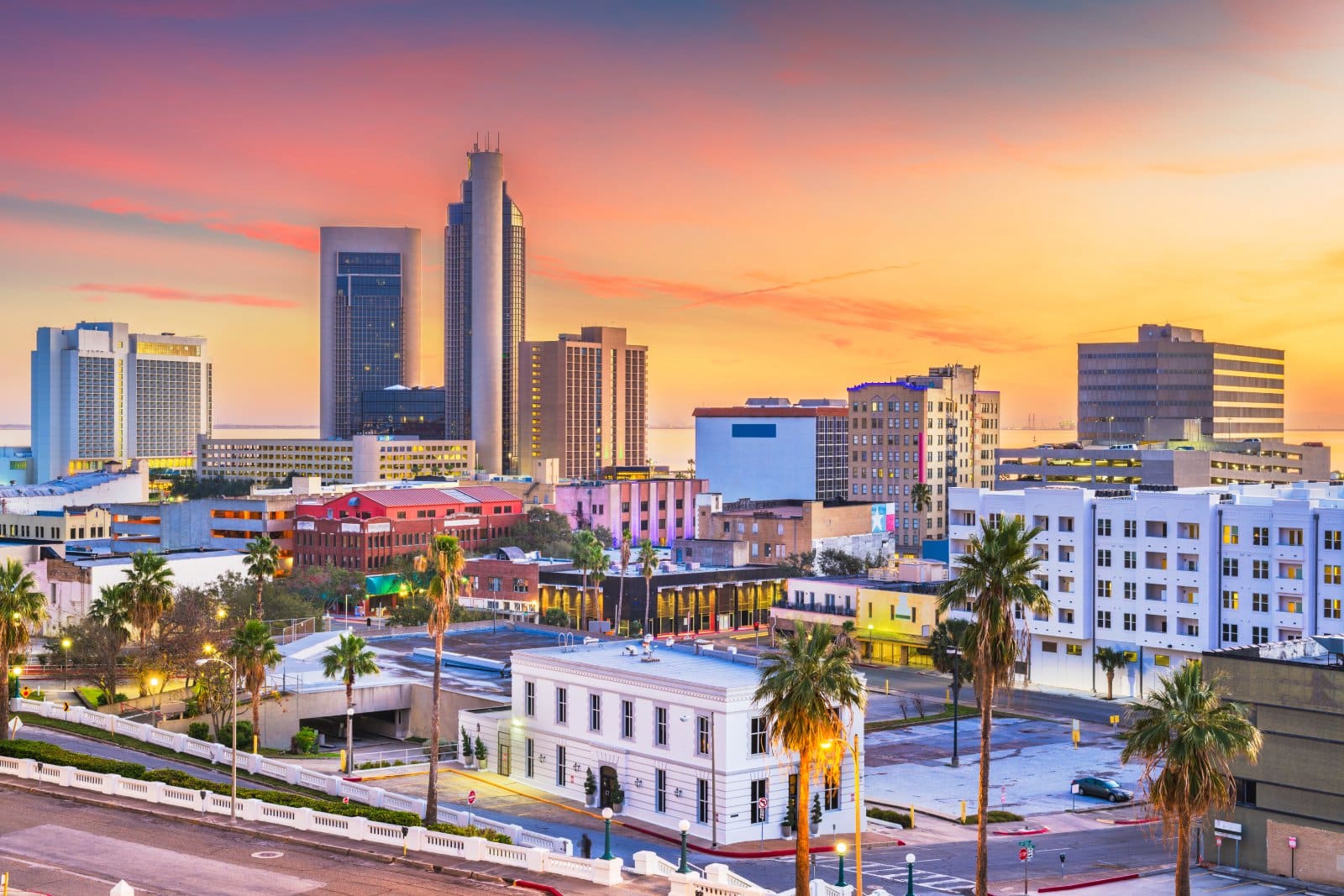
Texas is becoming a beacon of opportunity, blending cultural heritage with economic growth. From its landscapes to its industries, the Lone Star State offers a dynamic lifestyle. Here are 23 reasons why Texas stands out, attracting entrepreneurs, artists, tech professionals, and families seeking new beginnings. 23 Reasons Texas Is the Next Big Thing
Featured Image Credit: Shutterstock / Lordn.
The content of this article is for informational purposes only and does not constitute or replace professional financial advice.

